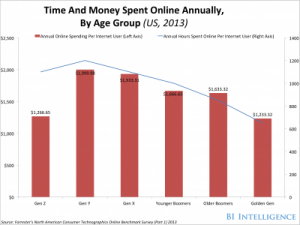64% Of Tracking Cookies Are Blocked, Deleted By Web Browsers
An ad-serving firm analyzed 20 advertisers and more than 5 billion impressions in fourth-quarter 2017, and found 64% of their tracking cookies were either blocked or deleted by web browsers. The rejection rate on mobile devices was higher — at 75%, compared with 41% on desktop.
Flashtalking’s data suggests that tablets are the worst for cookies, with more than 80% of tracking cookies rejected or deleted. Even in a desktop environment, where cookies are supposed to be most accurate, 41% of cookies are rejected — confirming that cookie rejection is not a mobile-only problem.
On Wednesday, Flashtalking publicly released its first quarterly report, Quarterly Cookie Rejection Index, to educate marketers on the state and impact of cookie rejection.
Cookie rejection occurs when a browser either blocks a cookie from being placed at the time of the ad impression or site visit or deletes the cookie. This has major consequences for how advertisers target, track, and measure media.
For a typical advertiser, 64% of cookies were rejected, with 29% of users rejecting cookies. The reports overstate targeting by 89%, while frequency is understated by 47%, and conversions for display and video are understated by 41%. Generalizing these numbers led Flashtalking to estimate that reliance on cookies leads to a 36% decrease in reported return on ad spend.
The biggest issue is wasted investments. A typical advertiser may have a target frequency of 10 impressions per month, but is likely reaching them only 18 to 19 times per month. This advertiser throws away about 47% of its media budget.
The cost is not just related to unwanted media. It is also the cost and missed opportunity of not reaching potential customers and having dollars go toward unnecessary impressions to people who were going to convert anyway.
For the advertiser spending $12 million per year on display and video advertising, if the $5.2 million is reinvested, the company can expect an additional $26 million in revenue.
(53)
Report Post





